Vowles shares details of secret document Mercedes used to manage intense Hamilton/Rosberg rivalry
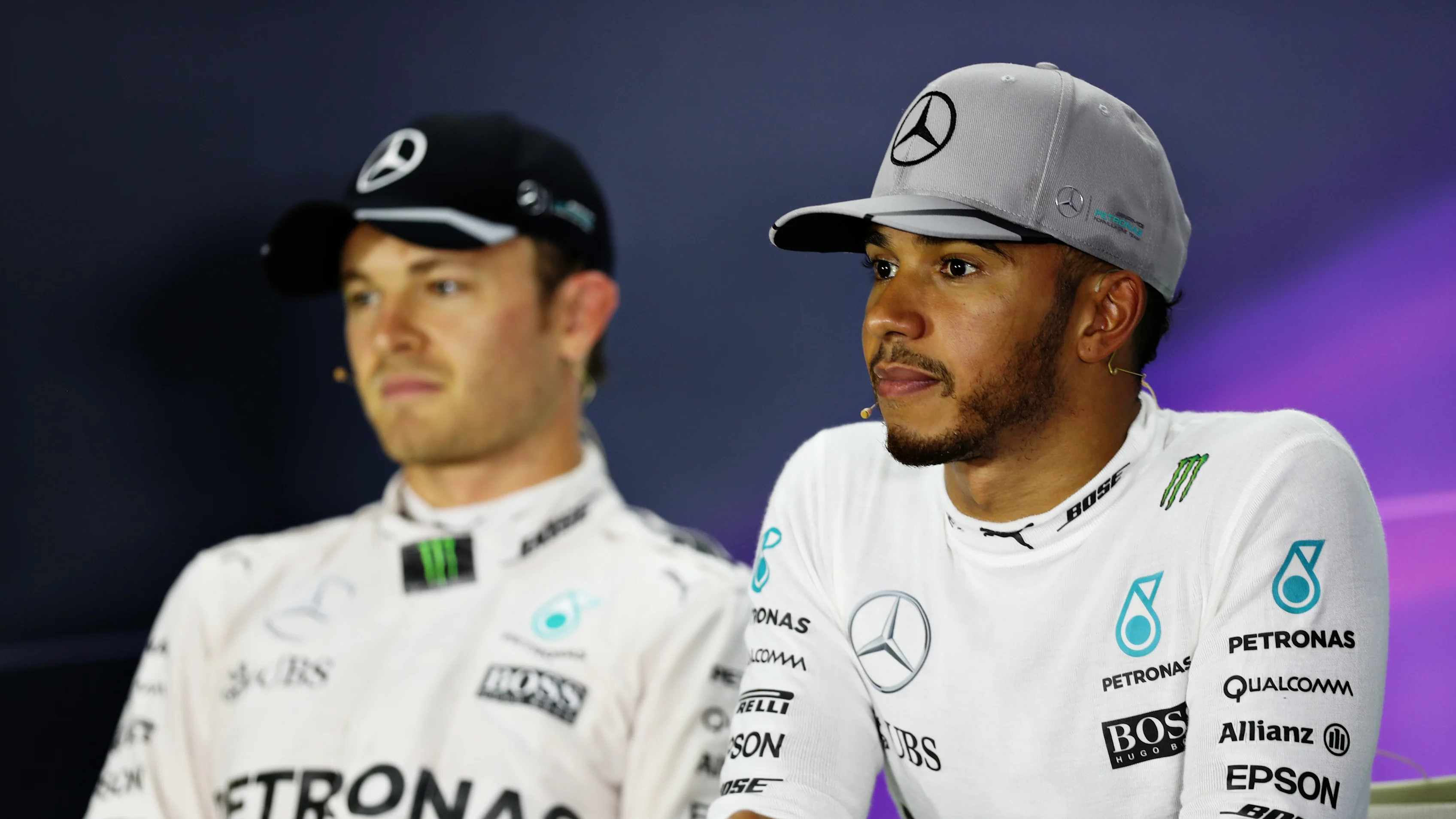
James Vowles has shed light on a document he put together in order to handle the dynamic between Lewis Hamilton and Nico Rosberg during their time at Mercedes, with the so-called “rules of engagement” setting out how they should behave and perform as part of the team.
Vowles spent a significant portion of his career at the Brackley-based squad prior to becoming Team Principal at Williams in 2023, having worked in key engineering and strategy roles before latterly acting as Motorsport Strategy Director.
During his time at the Silver Arrows, Vowles says that he learned a great deal from those around him – including the late Niki Lauda – in terms of his approach, particularly when working with drivers.
Speaking on the High Performance Podcast, Vowles explained: “It starts with being open and honest with the drivers, just simple as that. All too often we don’t actually go to the real truth behind the matter and we skirt around it. They are, after all, in many regards the best in the world at what they do, so it becomes difficult to have a direct conversation.
"You’ll see the way I am publicly, the way I am here and the way I am off camera is exactly the same – it’s open, honest, transparent, and it starts there. You have that open, honest conversation about it, which includes when their behaviours are ones that are hurting the team and hurting themselves, not helping.”
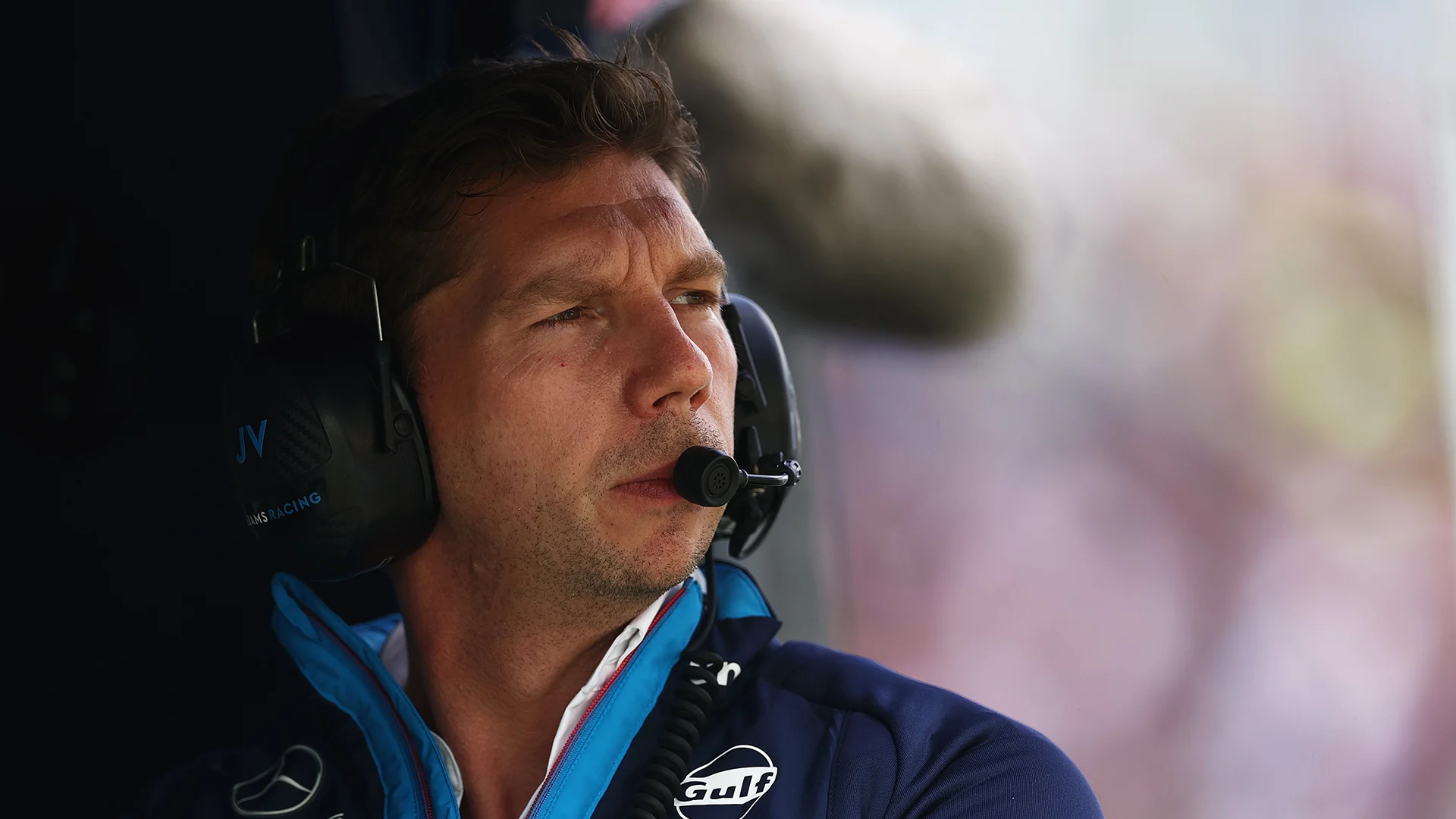
Asked to give an example of this, Vowles detailed how he and the team worked to create rules and boundaries for Hamilton and Rosberg, who famously shared an increasingly tense rivalry during their time as team mates at Mercedes between 2013 and 2016.
"The biggest thing we got into with the drivers [in] 2014 was that both of them knew, both Nico and Lewis knew, that it was one of those two winning the year,” said Vowles. “They knew, by the way, before we turned the first wheel in the first race.
"It took quite a while, but my role in this was I constructed a document that created some very clear [guidelines on] ‘how we are going to work with each other, how we’re going to fight each other’, what at the time was called ‘rules of engagement’ – changed later to another term that was less military, but racing intent.
“But irrespective, it was some really clear boundaries on ‘this is how we’re going to behave and this is how we’re going to perform’, and there was a lot to do.
“It started with this, and it starts with an ethos I believe in today but the whole first page was about being a sportsman and, to explain it, you can win a world championship but if you’ve done so in a way that is not fair and sportsmanlike, you will have regret for the rest of your life. Yeah, you have a championship to your name, but it’ll be sullied, it will be muddied, it won’t be pure.
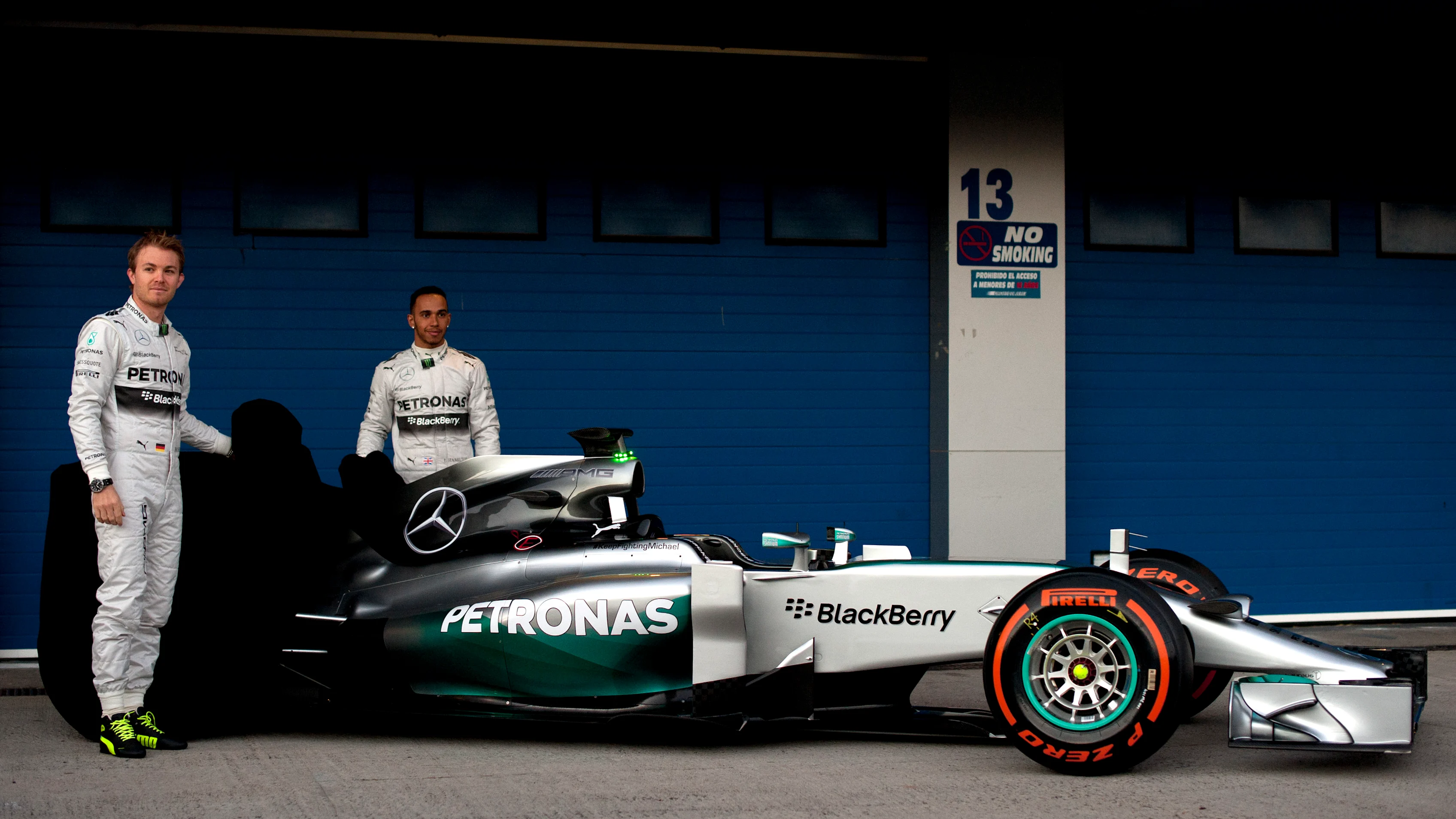
“We, at the time there, we want to win things by doing things just better than everyone else, not because we’ve found other mechanisms – we just want to be better than everyone else, and that applies to the drivers as it does to the engineers within the team as it does to the designers.
“And it was very much bringing them on that journey and making sure they’re aware that you can become the best sportsman in the world, which will create a legacy beyond many, many years, or you can win a race by doing something that has perhaps forced or hurt or damaged your team mate. Which one do you want to go down?
“And it’s a very simple choice when you present it to a sportsman – ultimately, they want the one that creates a legacy in many years to come. Michael [Schumacher], incredible man but still marred by 1997 in many regards [the year in which he was disqualified from the championship].
“It stands out in everyone’s mind, and we created the mindset that that’s not how I want to be remembered. I want to be remembered that we were a dominant force working together, and between the two of you, within these rules, the fastest driver across 20 races will win.
"Not the fastest driver on a weekend, not the one that’s done something that’s maybe benefitted them in the short-term – the fastest driver on 20 races, and we’ll construct it and make sure it’s built that way and we’ll give you each equal opportunity, and they bought into it and that created a good environment.”
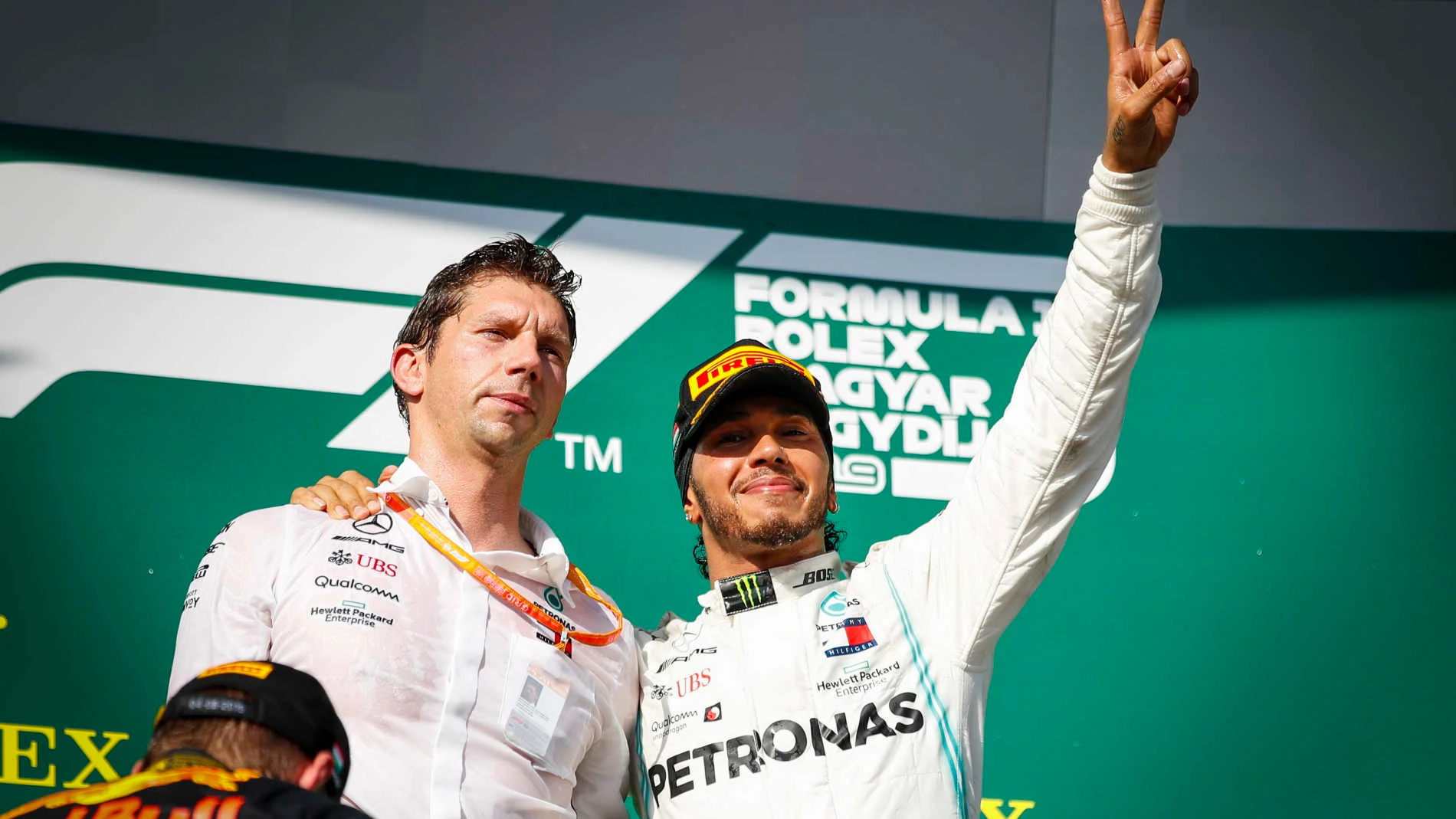
However, Vowles acknowledges that this did not completely prevent incidents between Hamilton and Rosberg, given that a number of clashes occurred between them in 2016 starting with their collision at the Spanish Grand Prix.
“It doesn’t mean that in time we didn’t have a breakdown,” Vowles continued. “Everyone will remember 2016 Barcelona. [It] still sticks in my mind today because you’re taking two elite sportsmen that were constrained within their boxes and just got frustrated.
“But actually, what you do at the time is you don’t back off – you double down and go, ‘this is how it’s going to be’.”
The rivalry was brought to an end when Rosberg opted to retire from the sport at the end of 2016, having won his one and only world championship that season.
Next Up
Related Articles
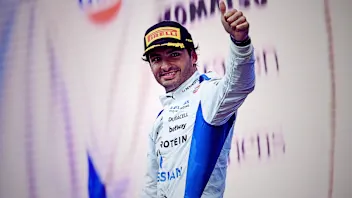 ExclusiveWhy Sainz feels ‘vindicated’ after his first Williams year
ExclusiveWhy Sainz feels ‘vindicated’ after his first Williams year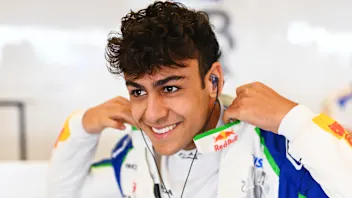 Lindblad's car number confirmed for rookie season
Lindblad's car number confirmed for rookie season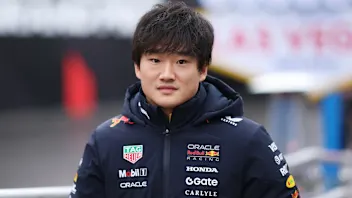 Mekies on ‘very difficult’ decision to demote Tsunoda
Mekies on ‘very difficult’ decision to demote Tsunoda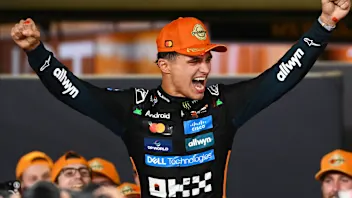 Our writers on the best drivers and stories from 2025
Our writers on the best drivers and stories from 2025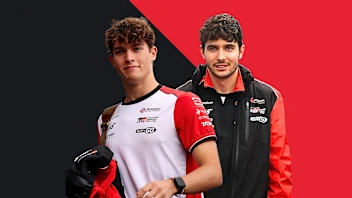 End Of Year Reports 2025Haas’ best and worst moments from 2025
End Of Year Reports 2025Haas’ best and worst moments from 2025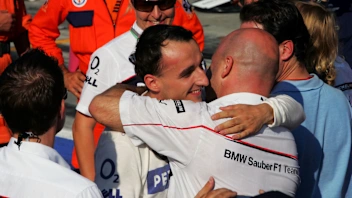 Sauber’s best moments and most memorable liveries in F1
Sauber’s best moments and most memorable liveries in F1